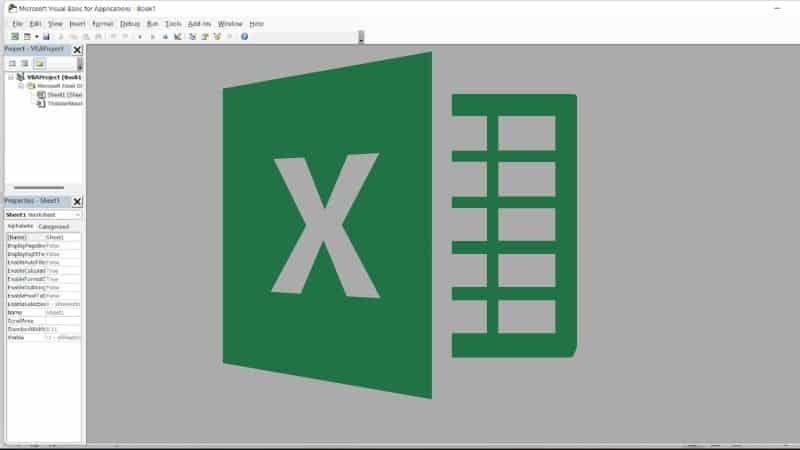Last Updated on
When working in spreadsheets like Excel, there are a few tricks that can really speed up your data management. One of these tricks is using macros.
A macro is an automated action that you can create within Excel. Put simply, a macro can enable you to complete what are often time consuming tasks within seconds.
For example, if you use Excel to monitor accounting, you could create a macro which could tell you who is overdue, rather than going through it manually. Now every time you need to know this information you have a simple button to complete the task in seconds.
In this guide we explain how to enable and disable macros within Excel. Read on to learn more about Macros in Excel.
Enabling Macros
As macros deal with coding, although you don’t necessarily need to yourself, there is potential that they can contain malicious code if you aren’t careful. Simply make sure you trust where the files are coming from.
For this reason Macros are often disabled per default setting so you actually have to enable Macros within the settings of Excel if they aren’t already active, here’s how.
Step
Create A Macro
If you simply attempt to open or create a macro within Excel and you haven’t already enabled macros then you will receive a security notice from Microsoft that will ask you if you want to enable macros or not.
This is simply a security wall to double-check the macro is coming from a trustworthy source, and is a helpful reminder.
If you want to activate Macros you can do it by simply clicking the ‘Enable Macros’ button.
Step
Backstage View
Another way to enable macros is in the Microsoft Office Backstage view.
Click the ‘File’ tab, and then click ‘Info’ from the left hand side menu. You will see a space labeled ‘Security Warning’, click on the ‘Enable Content’ drop down and click ‘Enable All Content’.
How To Set Up A Macro
First things first, the macro settings are available in the ‘Developer’ tab. Sometimes the Developer tab is hidden in Excel’s default setting so you may need to enable it in your settings.
Step
Developer Tab
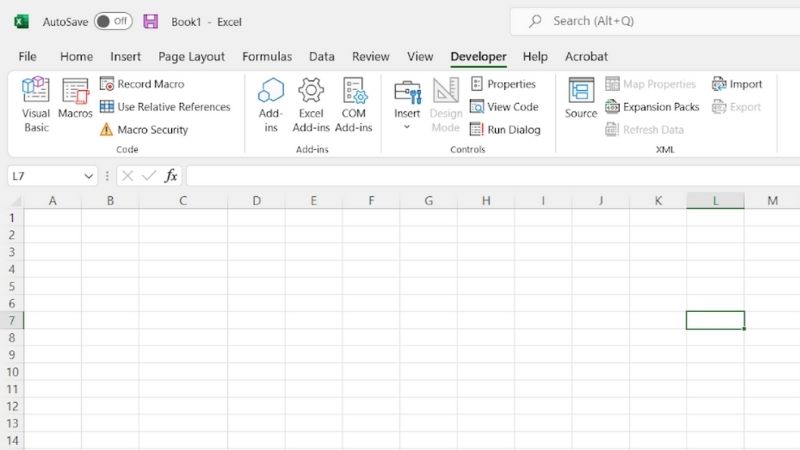
Within the developer tab, one section is labeled ‘Code’ this is where you will find the most relevant and useful functions.
Step
Visual Basic
While macros rely on coding, in Excel you can easily set one up without having to know coding.
Comparatively, if you have some coding experience Excel has a built-in Visual Basic Advanced workstation.
VBA is its own coding language that is generally easy to learn.
Recording Macros
Recording macros allows everyone to create and use macros without having experience with coding.
This function simply records the actions you have completed and creates the code to replicate that as you wish, rather than doing it manually yourself.
To record a macro:
Step
Record Macro
In the ‘Code’ group click ‘Record Macro’
Step
Complete Actions
Complete the actions you want to be turned into a macro
Step
Stop Recording
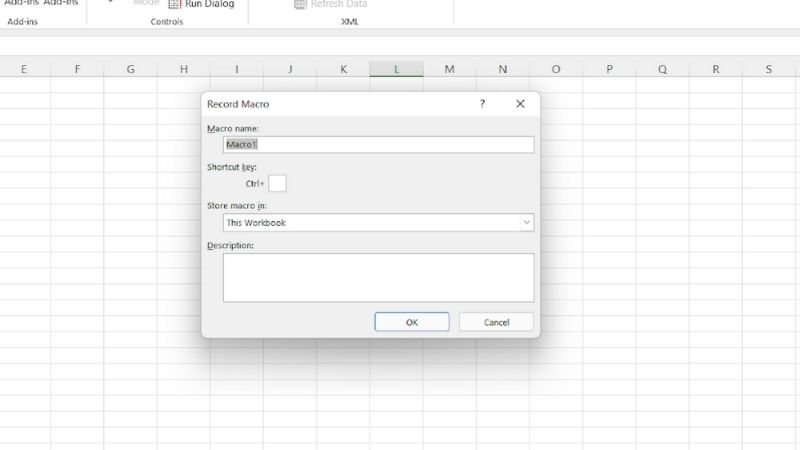
In the same ‘Code’ group click ‘Stop Recording’.
If all has gone to plan you Excel will do the coding for you and the action you performed can now be done with the click of a button.
Creating And Editing Macros
Step
Visual Basic
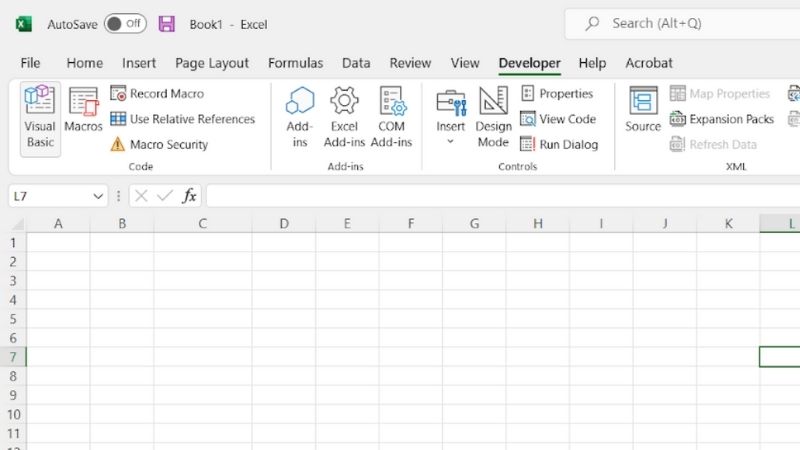
To create a macro within Visual Basic simply click the ‘Visual Basic’ button and it will open up the workstation for you to code away within.
Step
Edit Macro
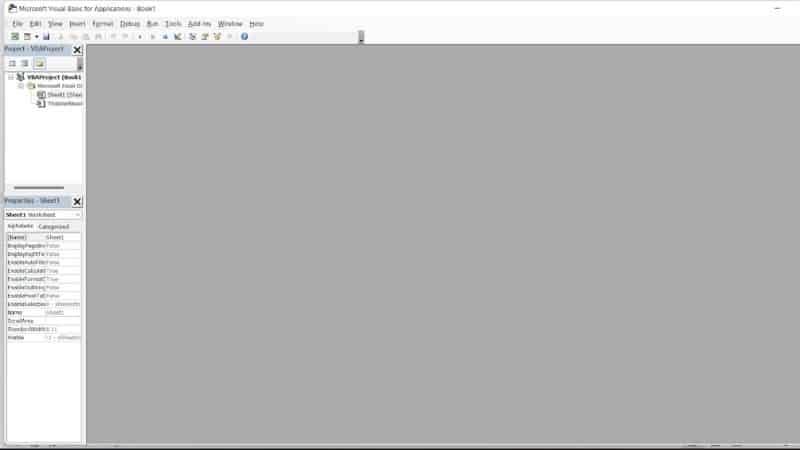
Within this workstation you can also edit the macro you have created with recording. This allows you to easily fix any hitches in the system and make the macro perfect for your usage.
In Summary
Macros, once mastered, are a seriously helpful and practical feature that will make your data management much more efficient.
Macros sound a little complex and even potentially dangerous but we recommend playing around with them as you will certainly get a lot of use out of the macros if they work.

